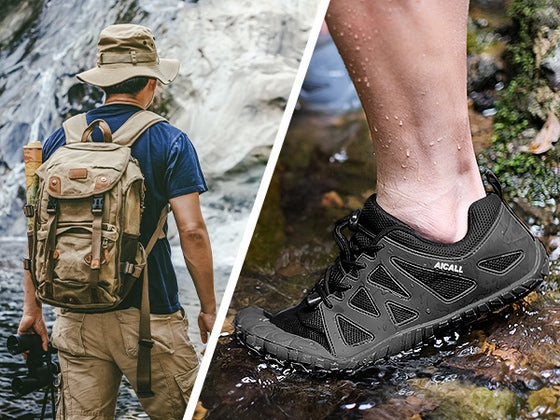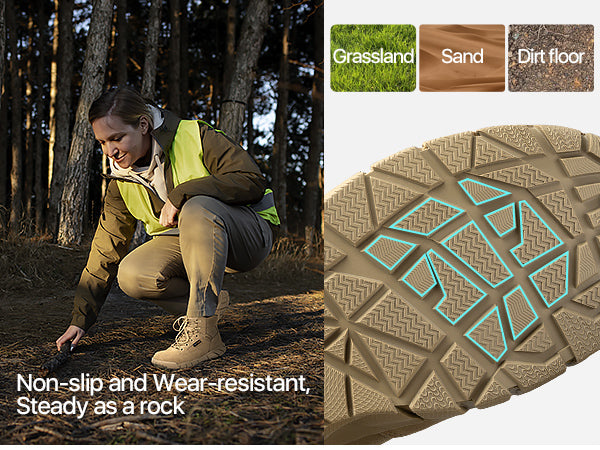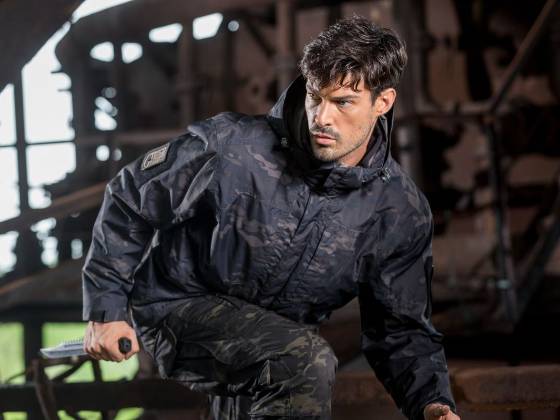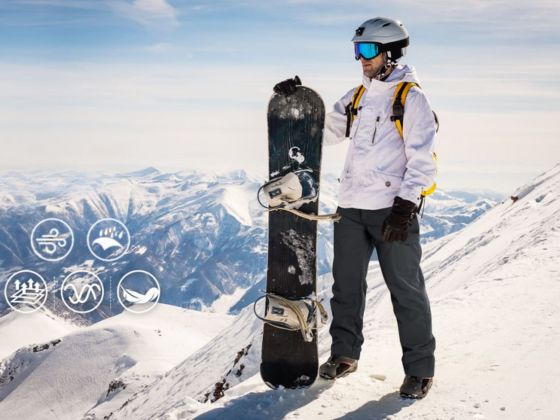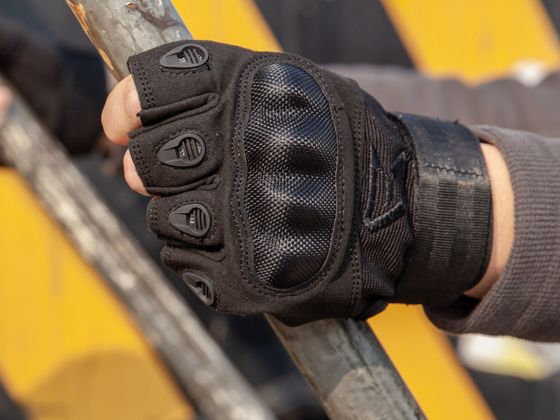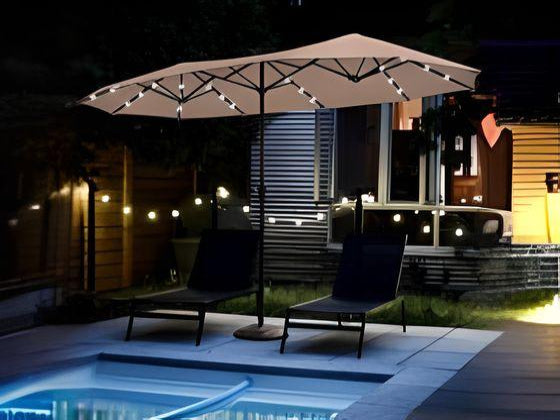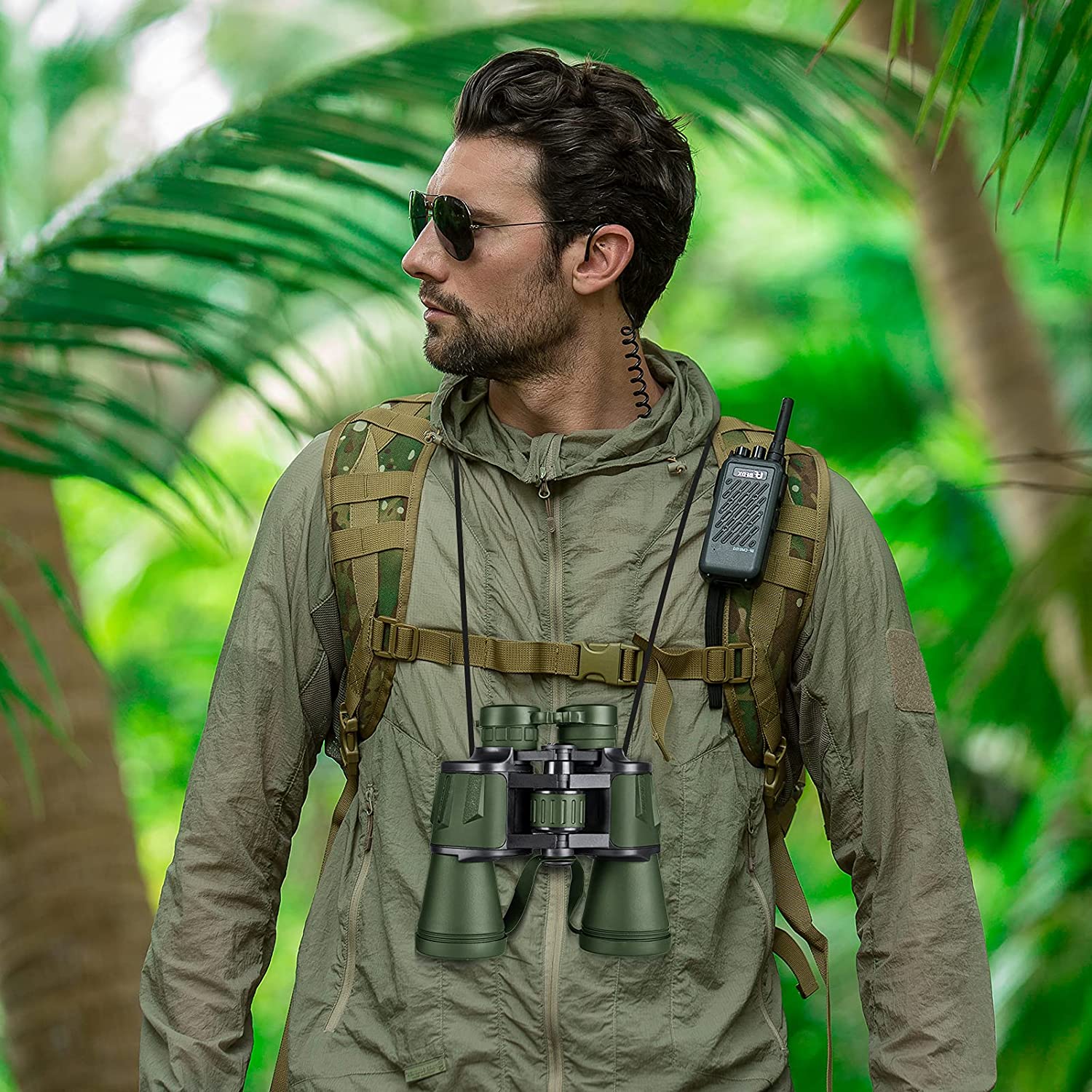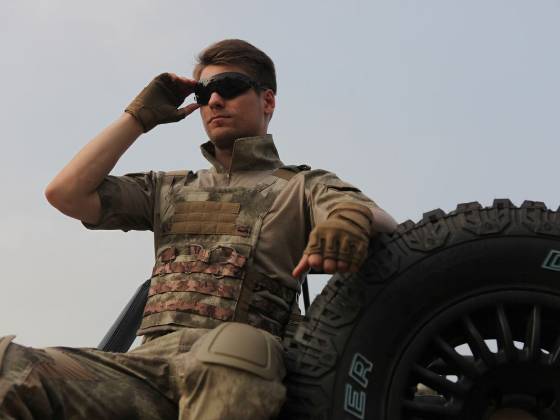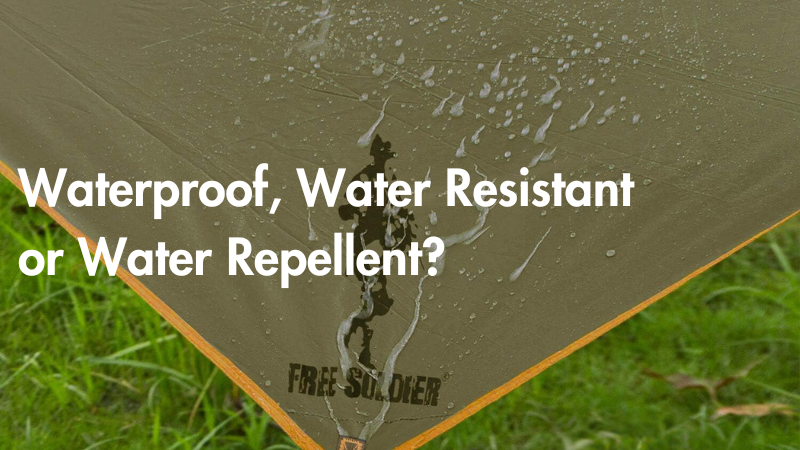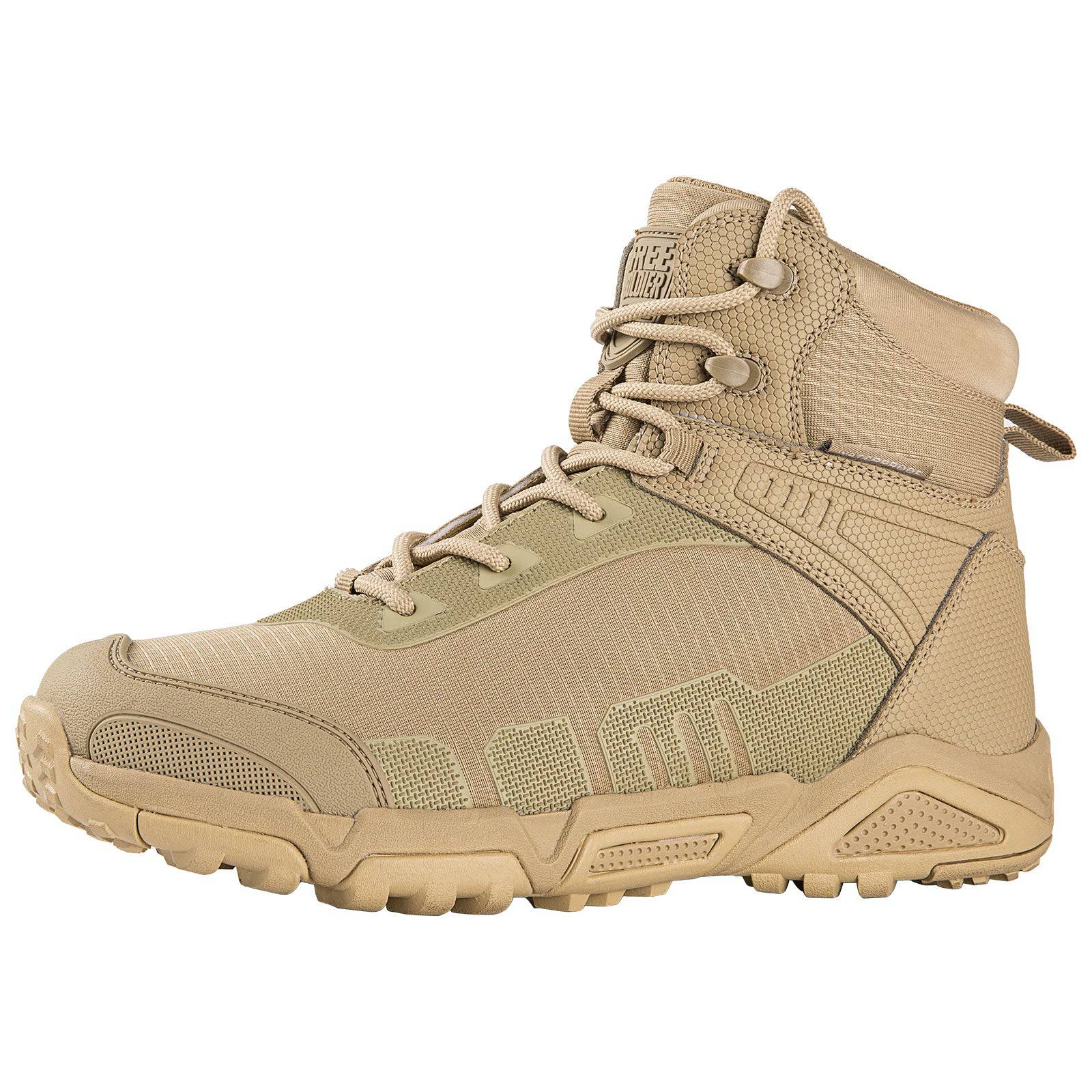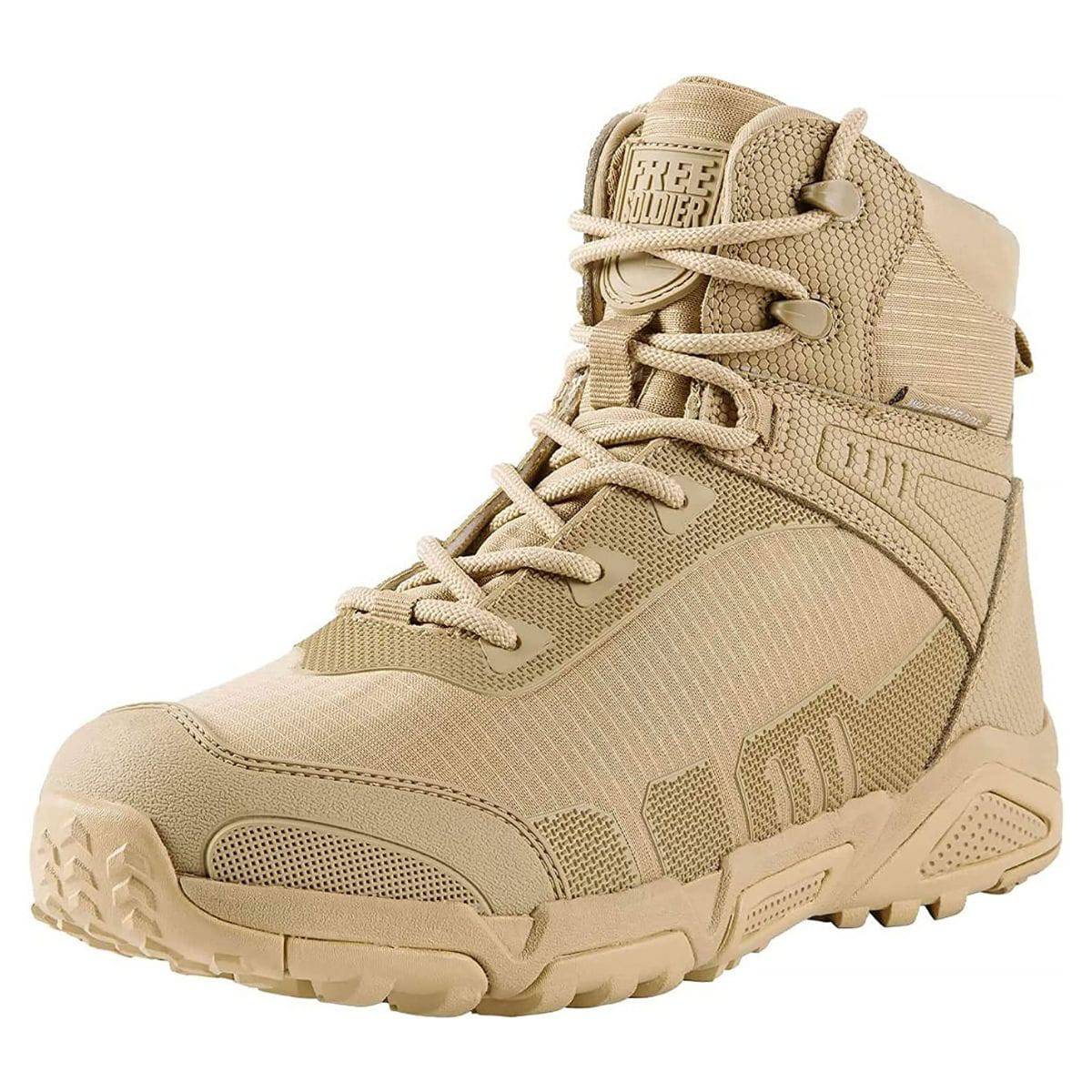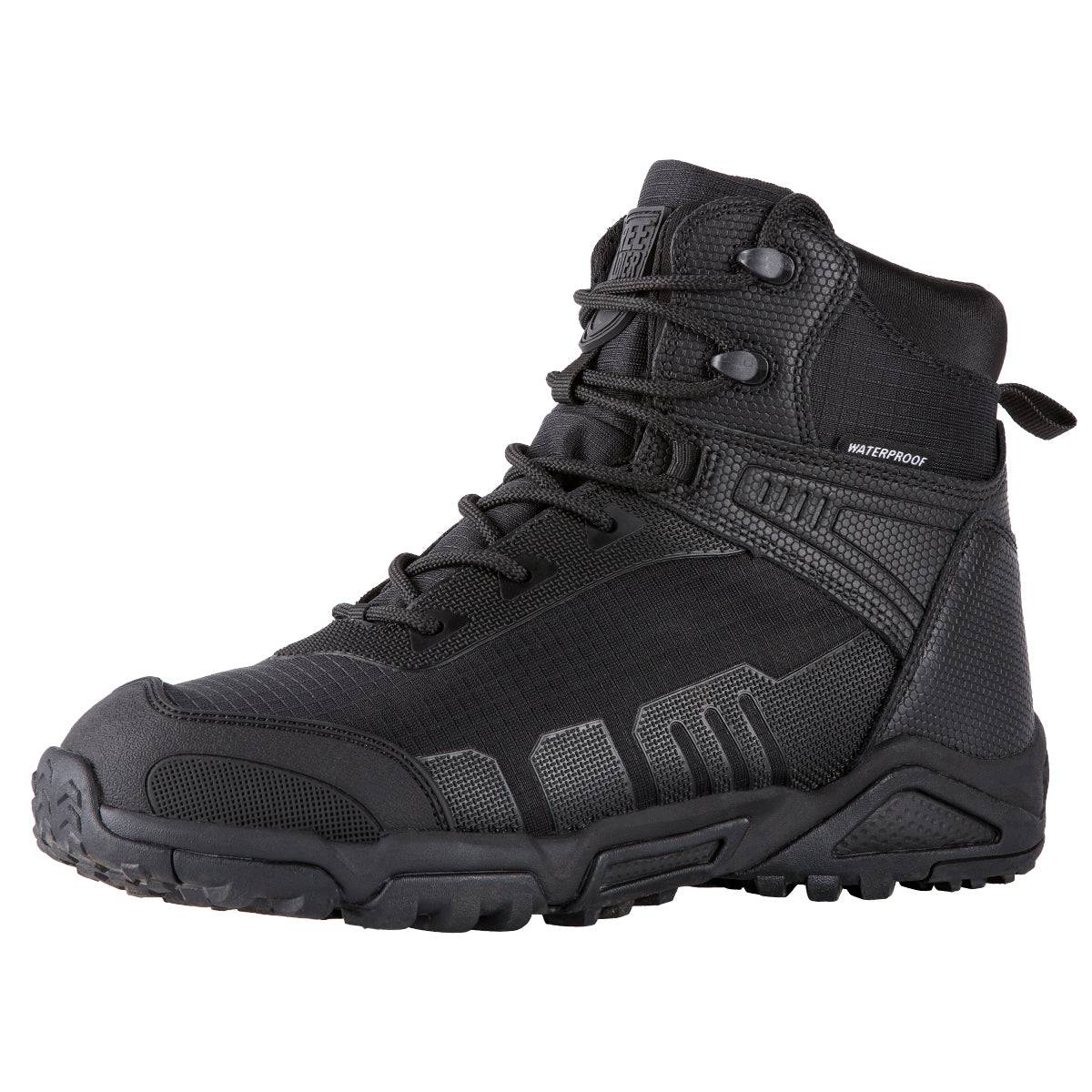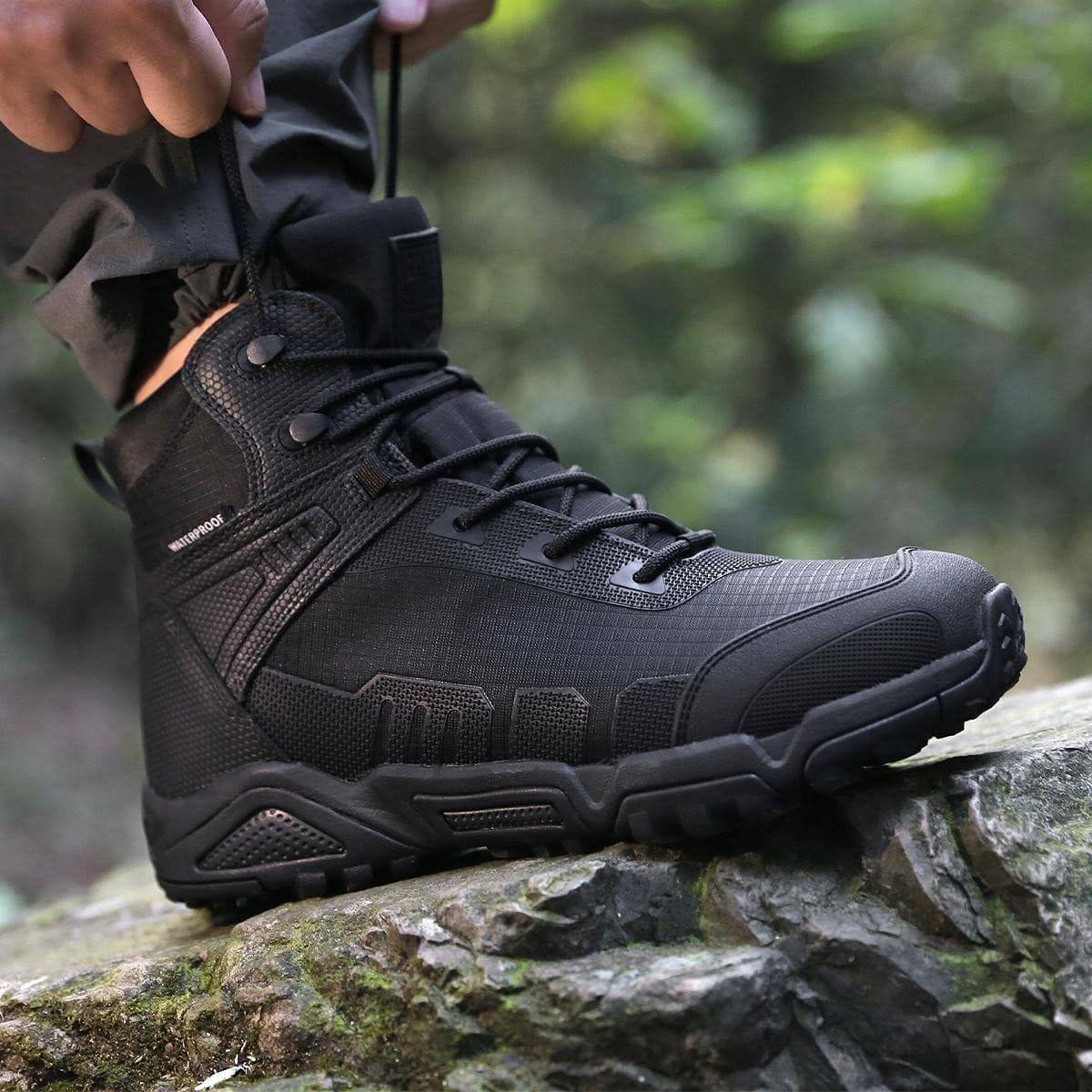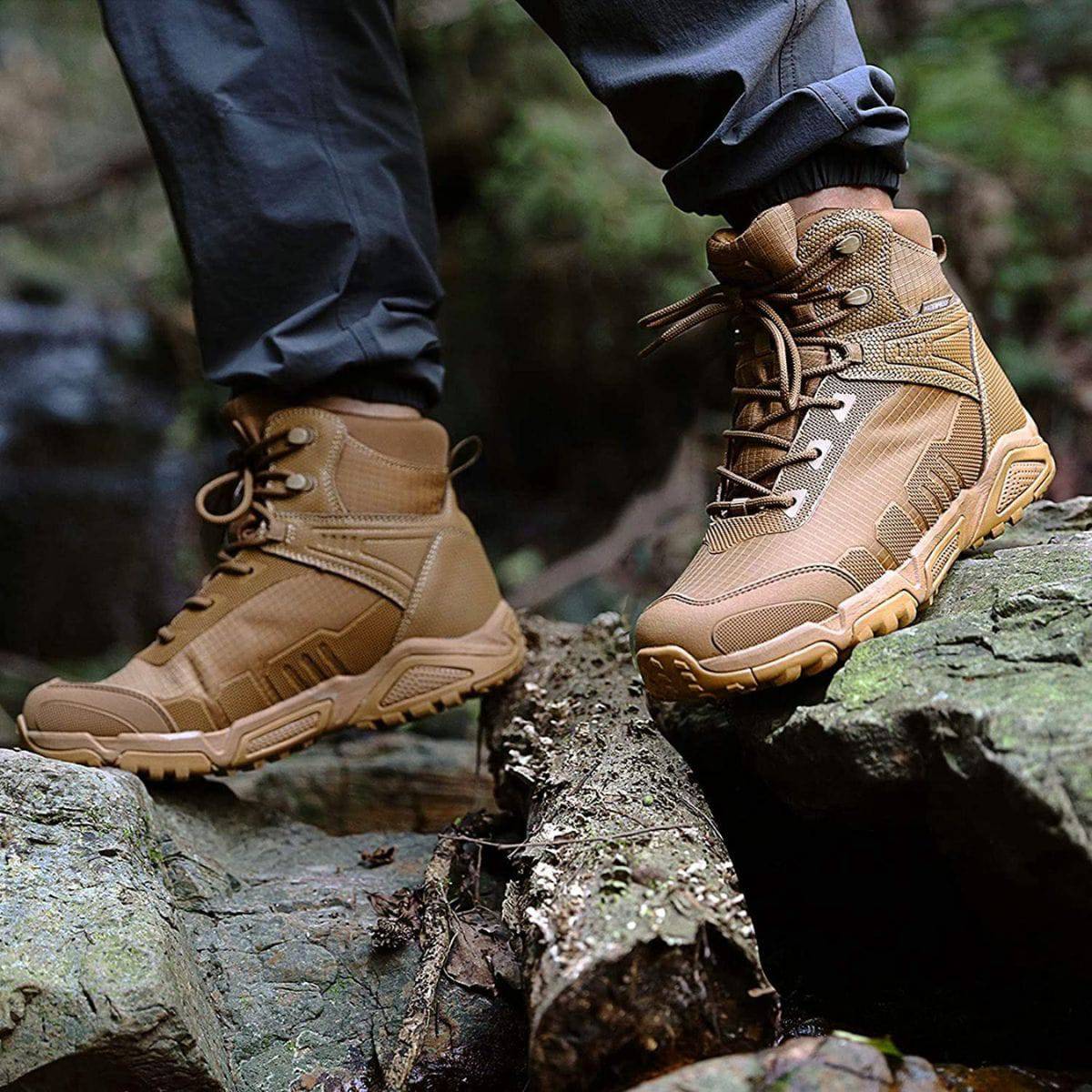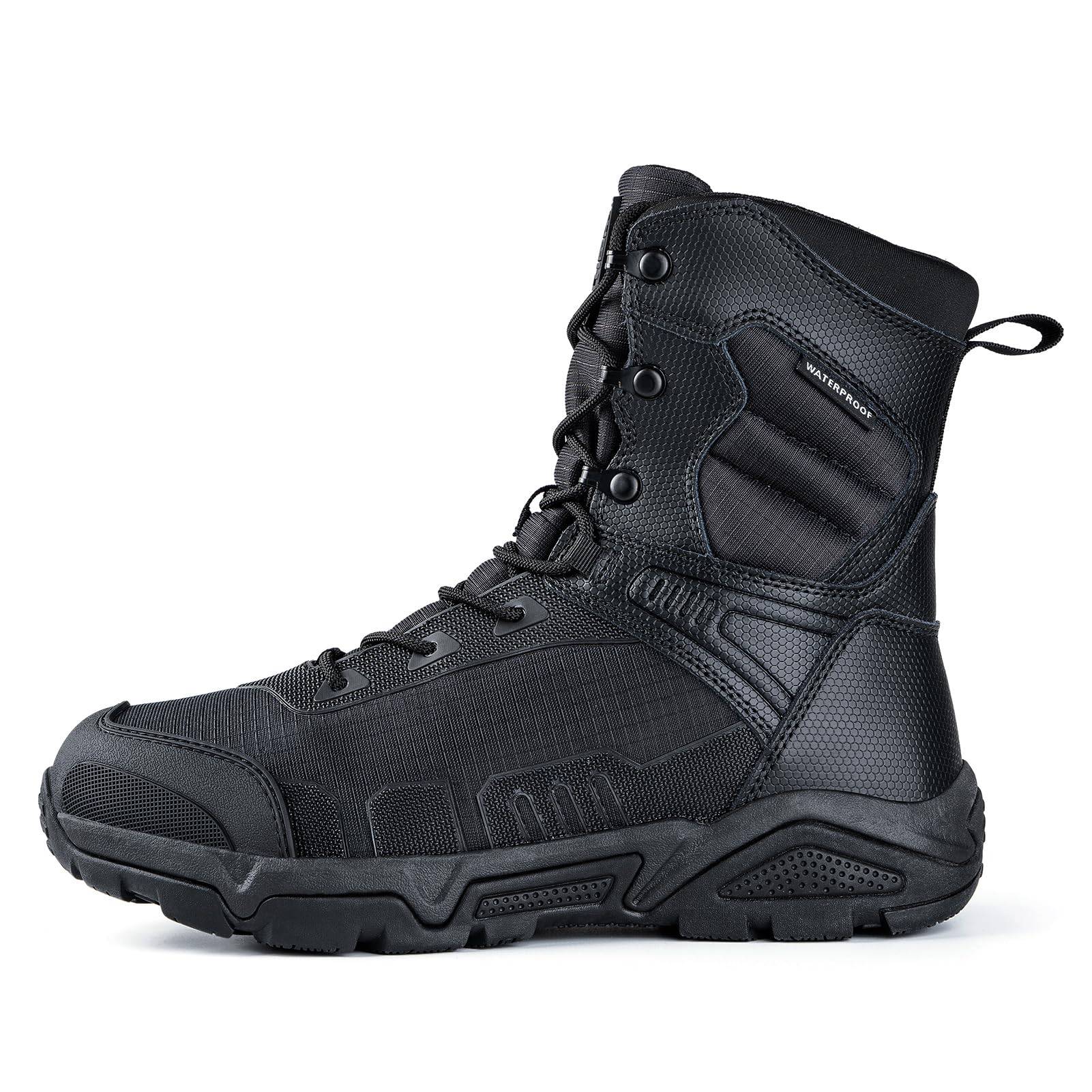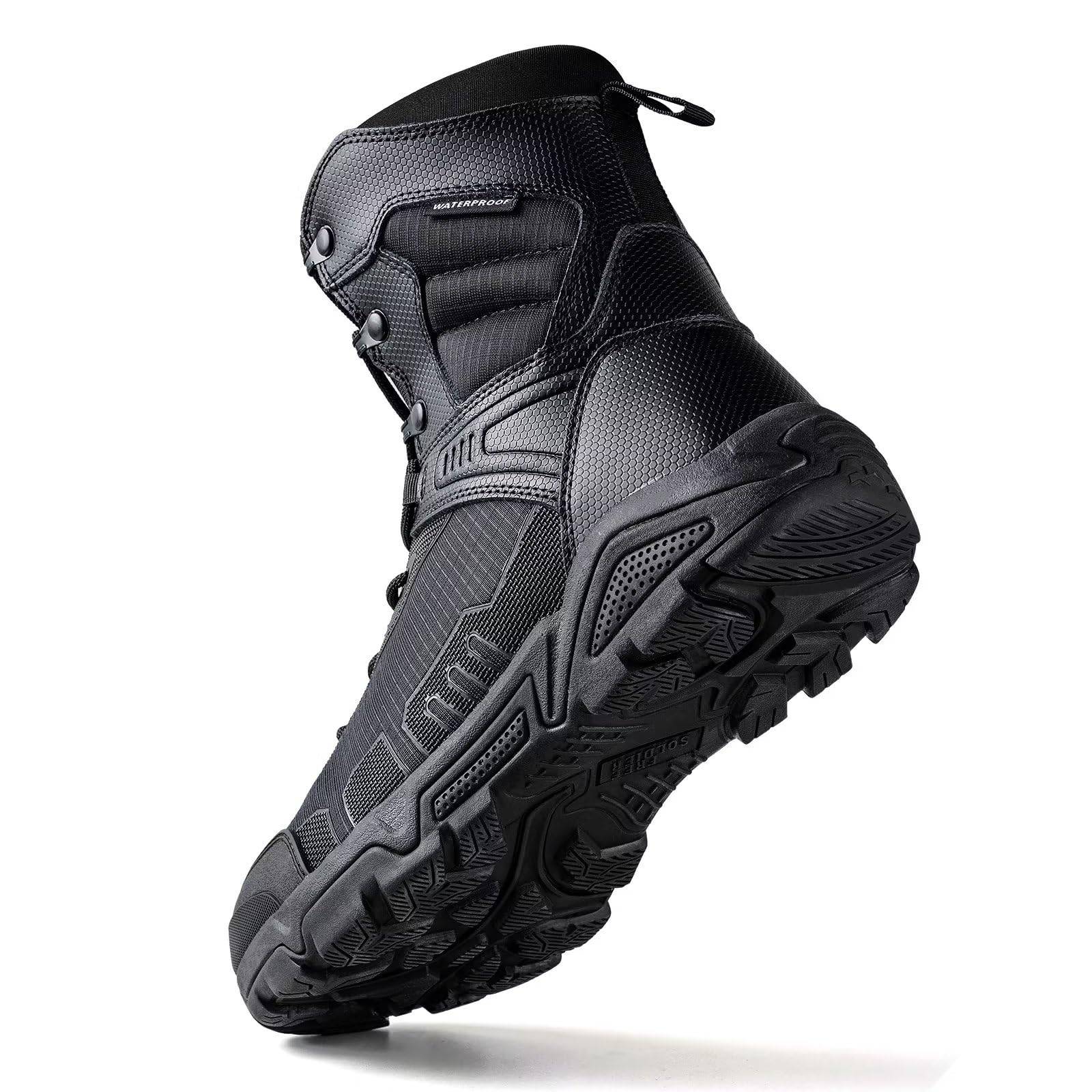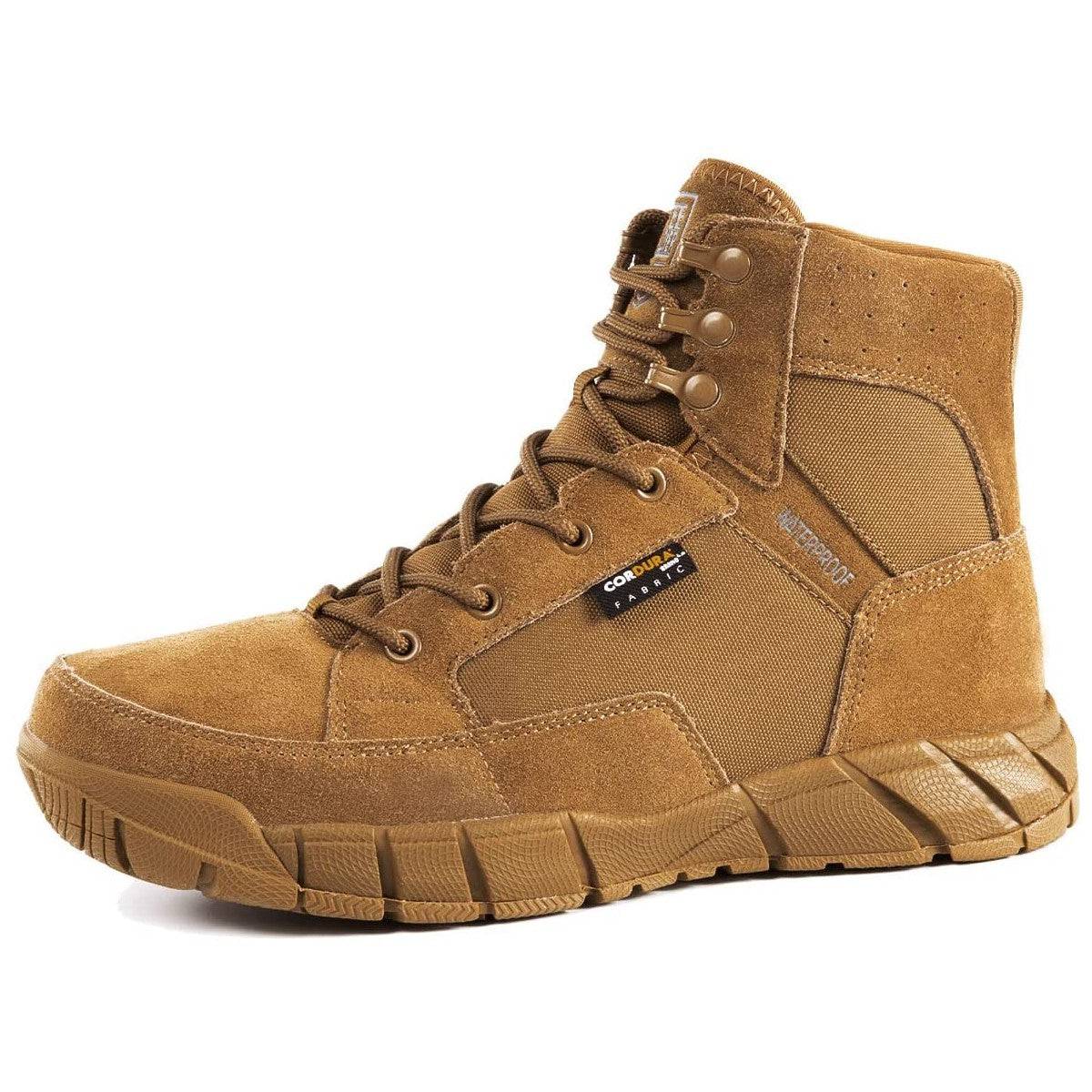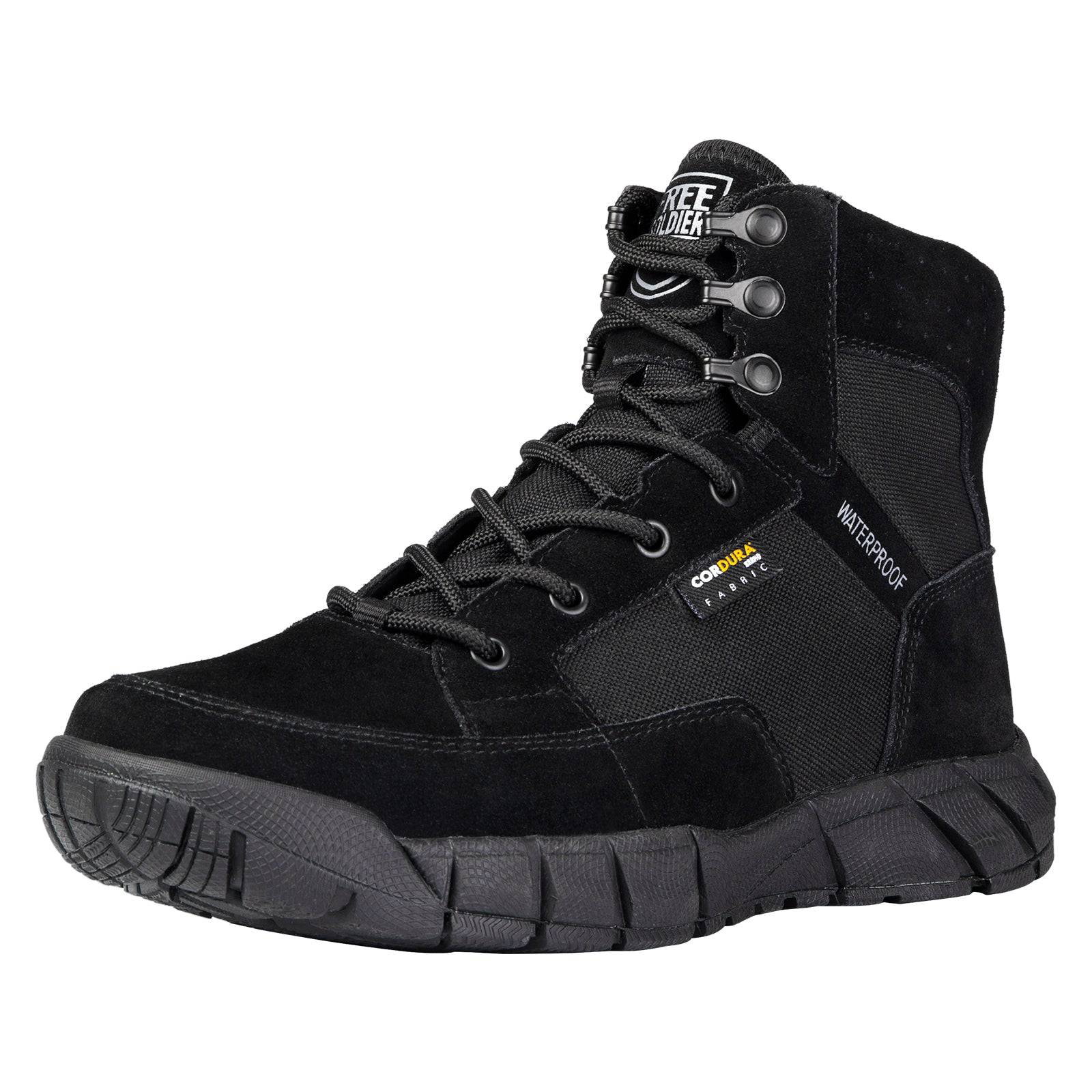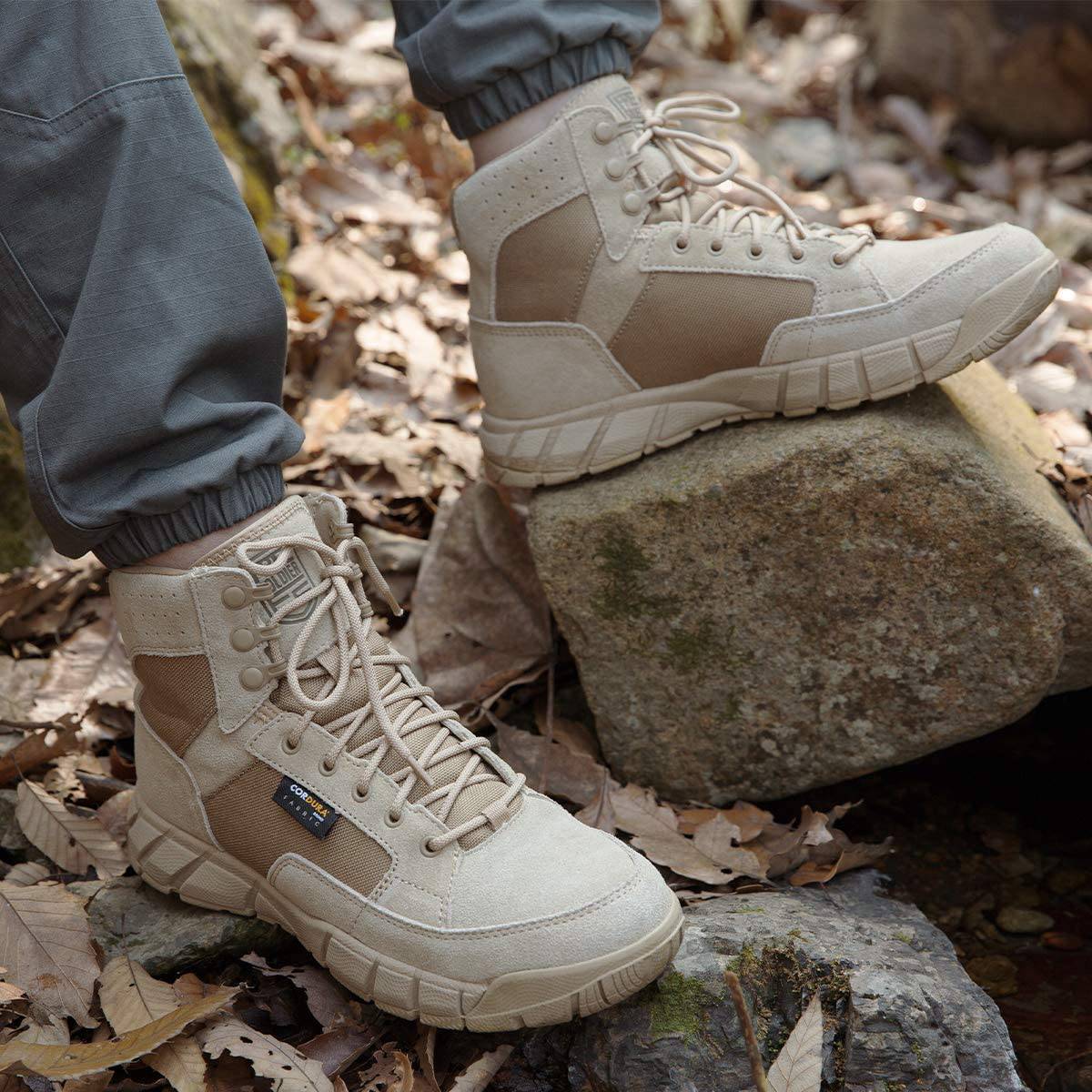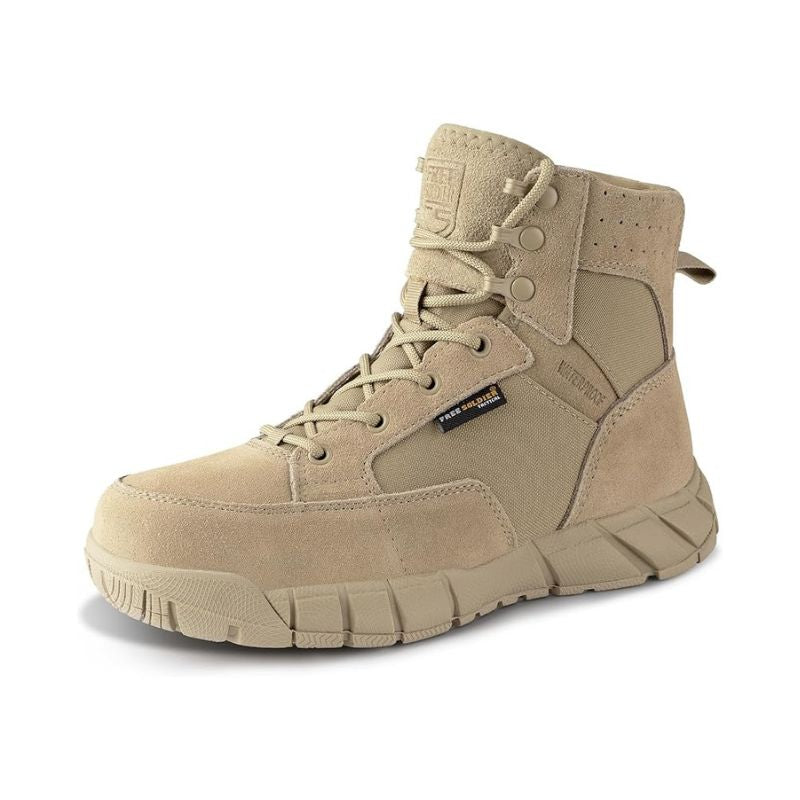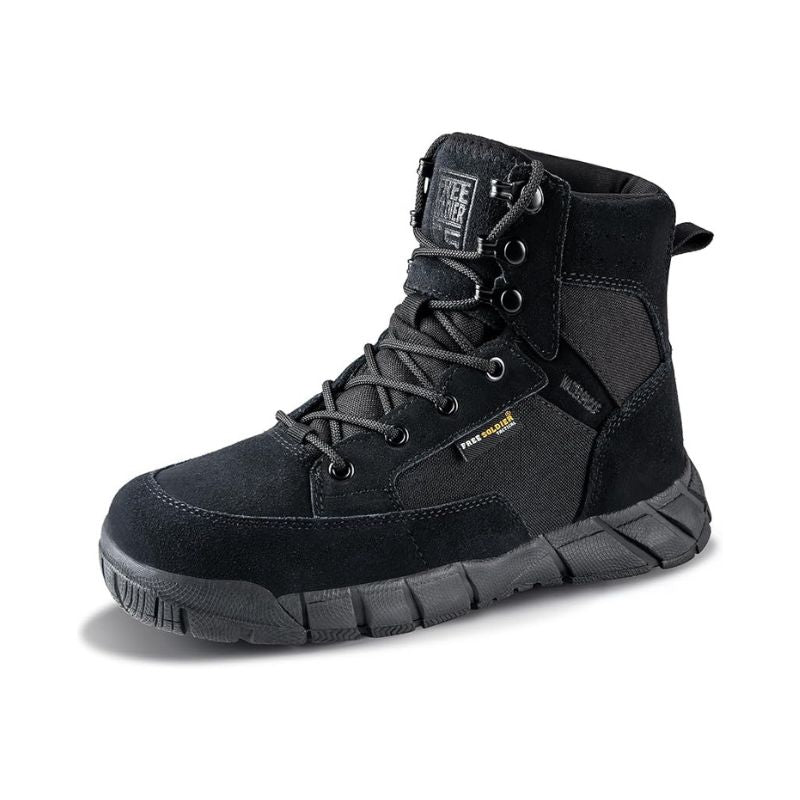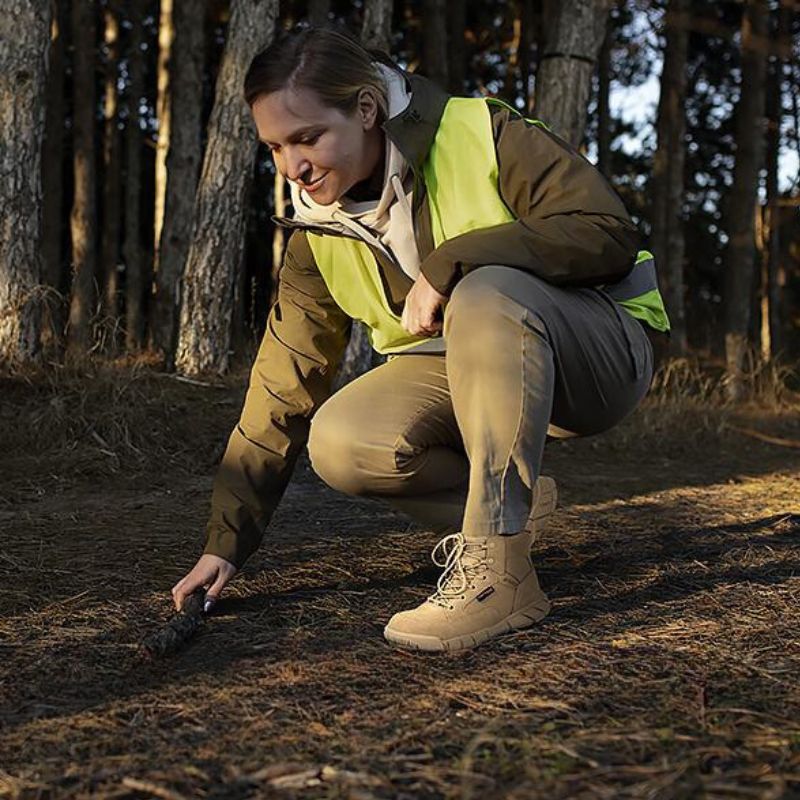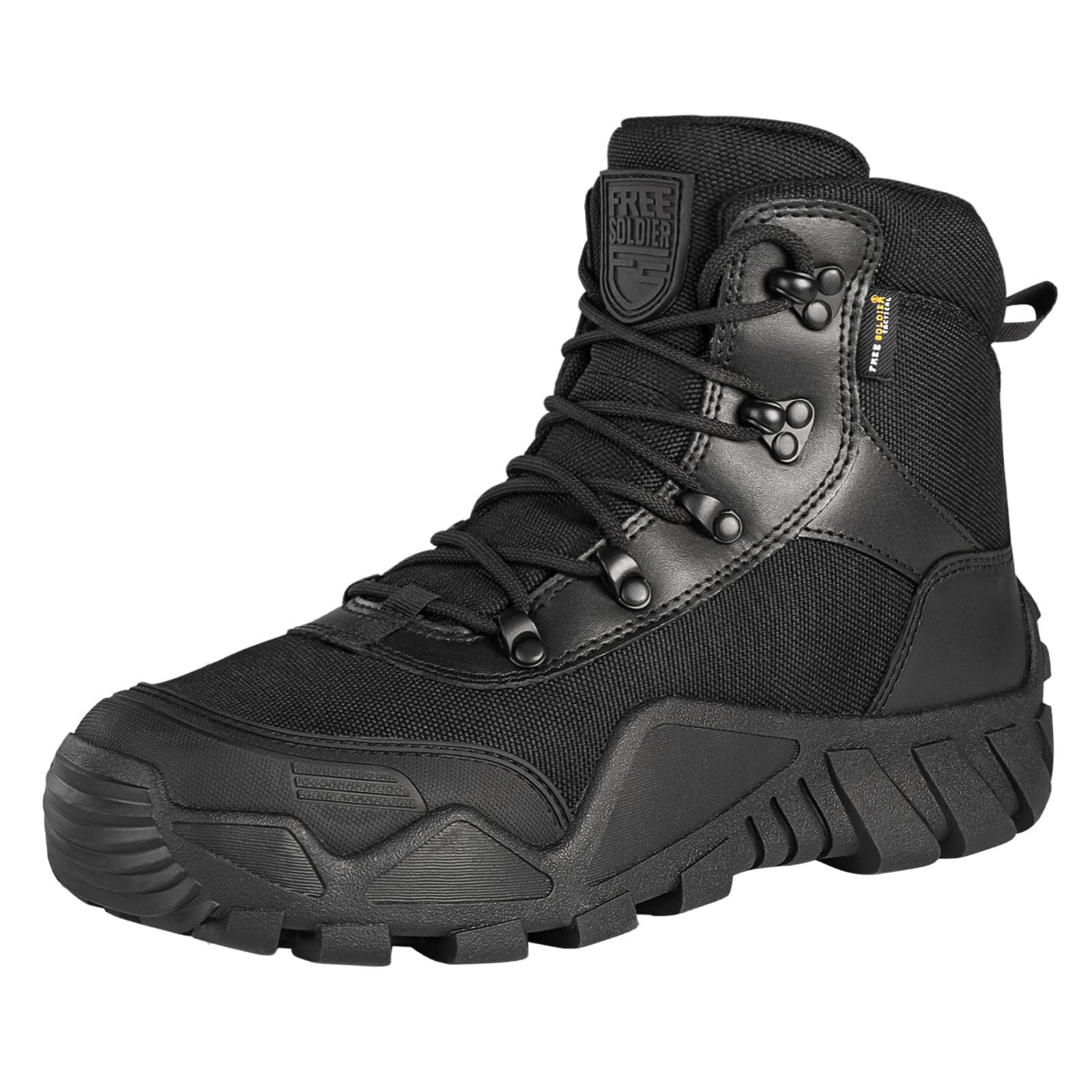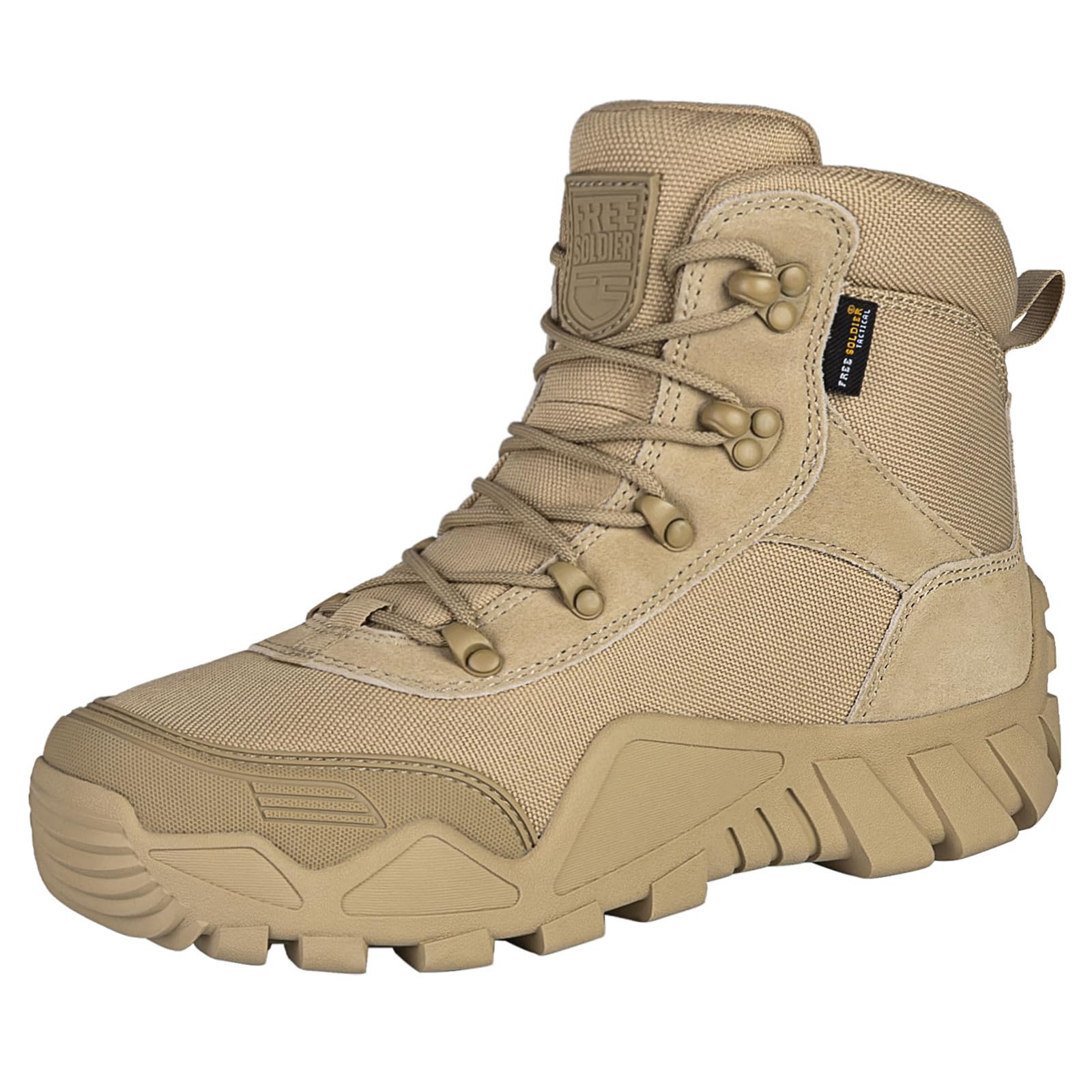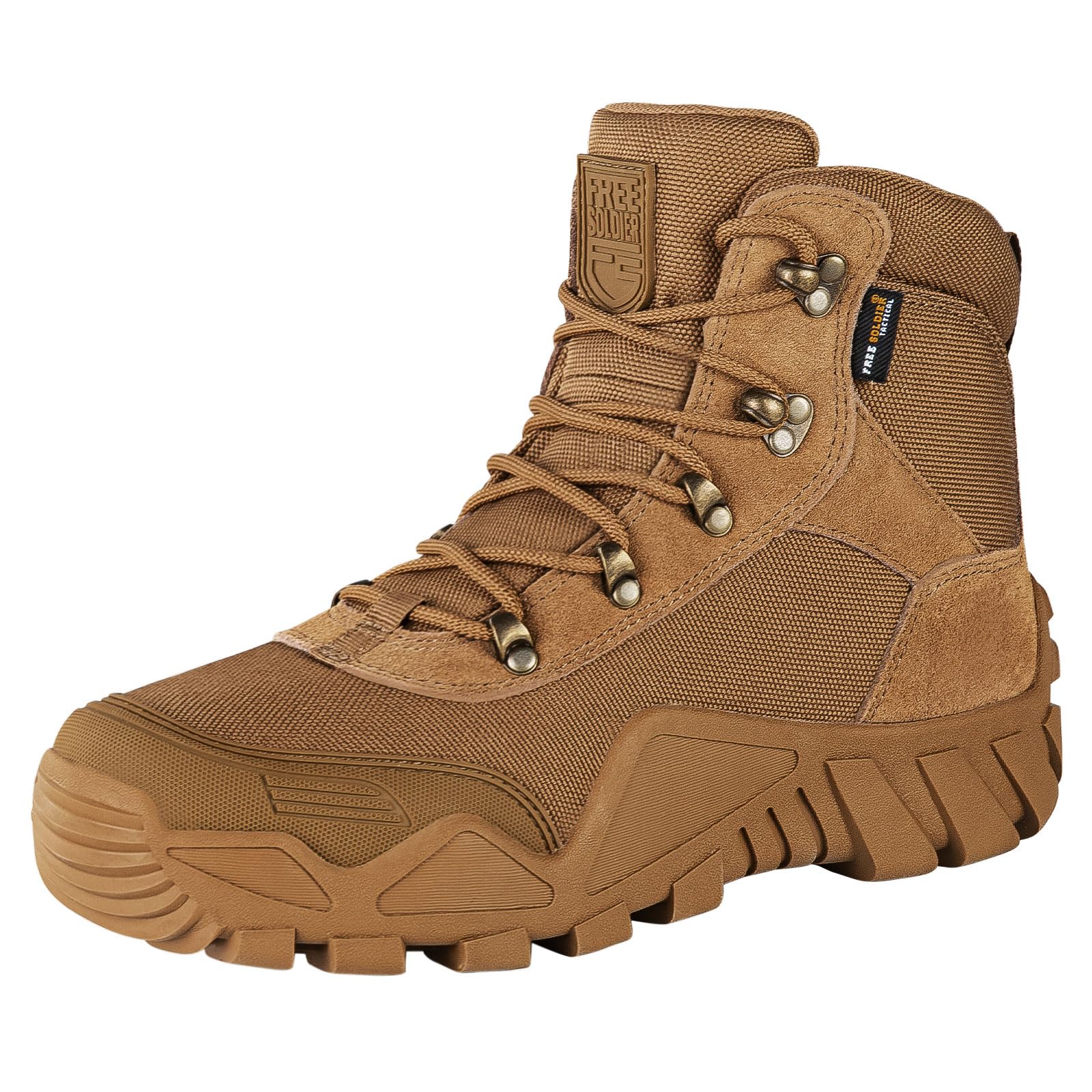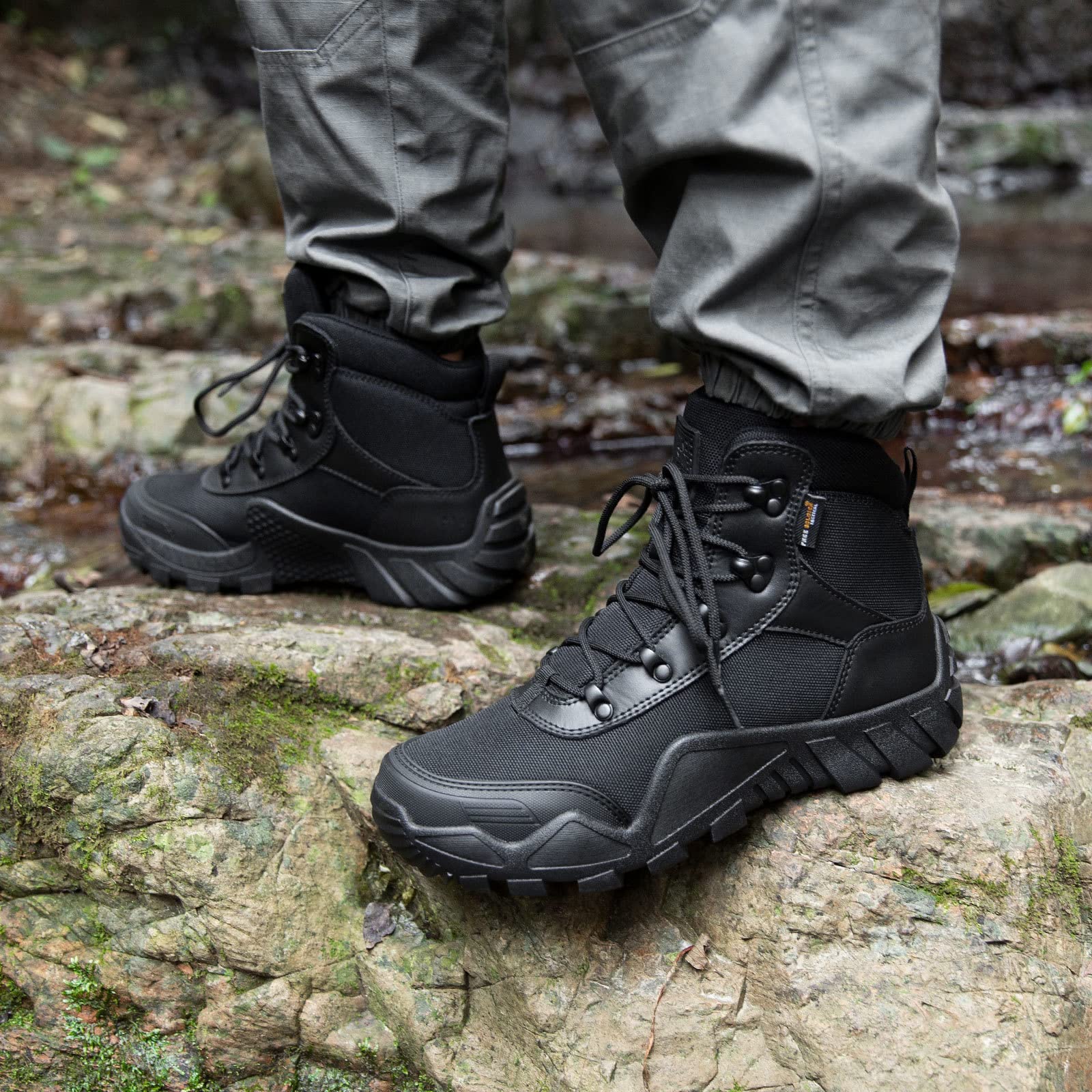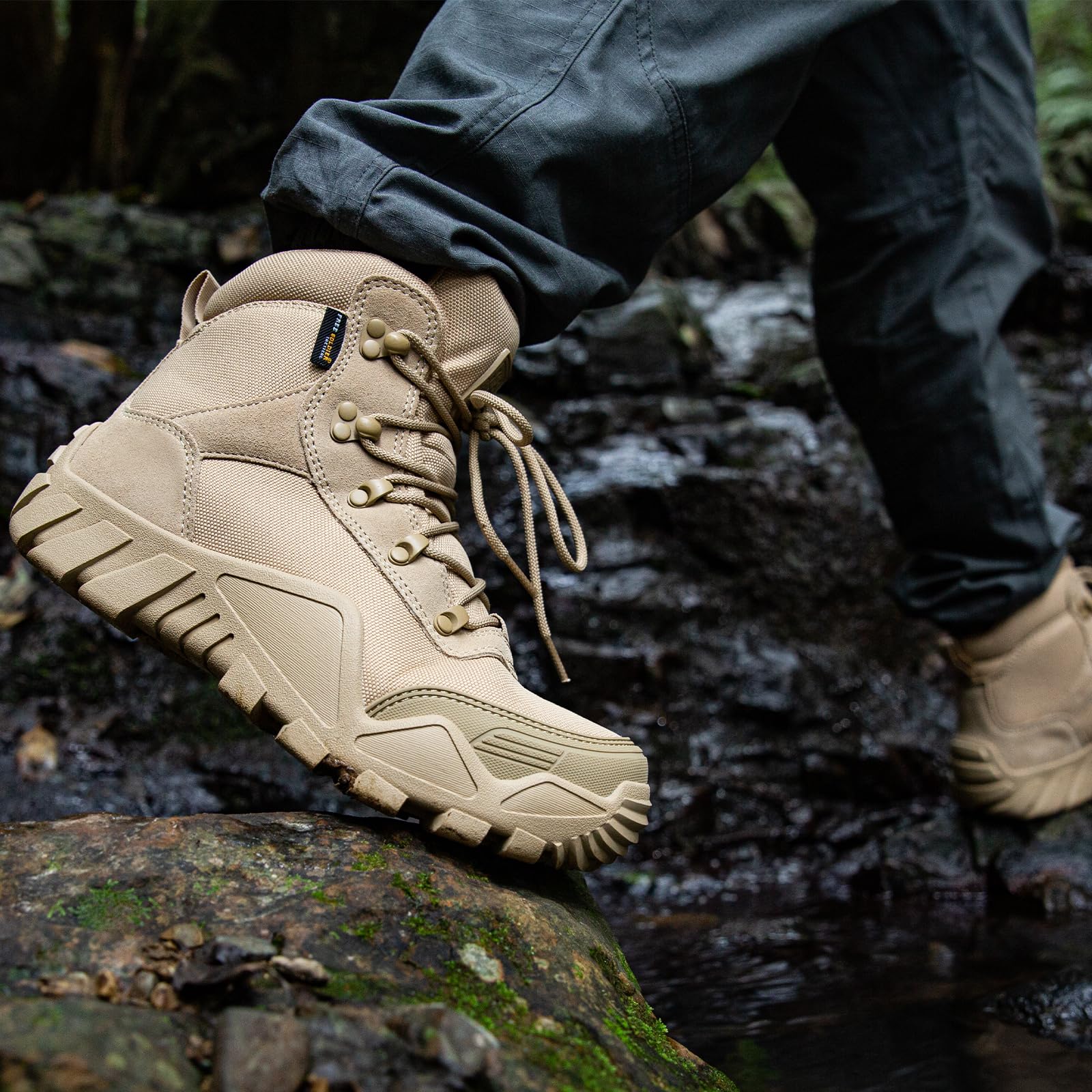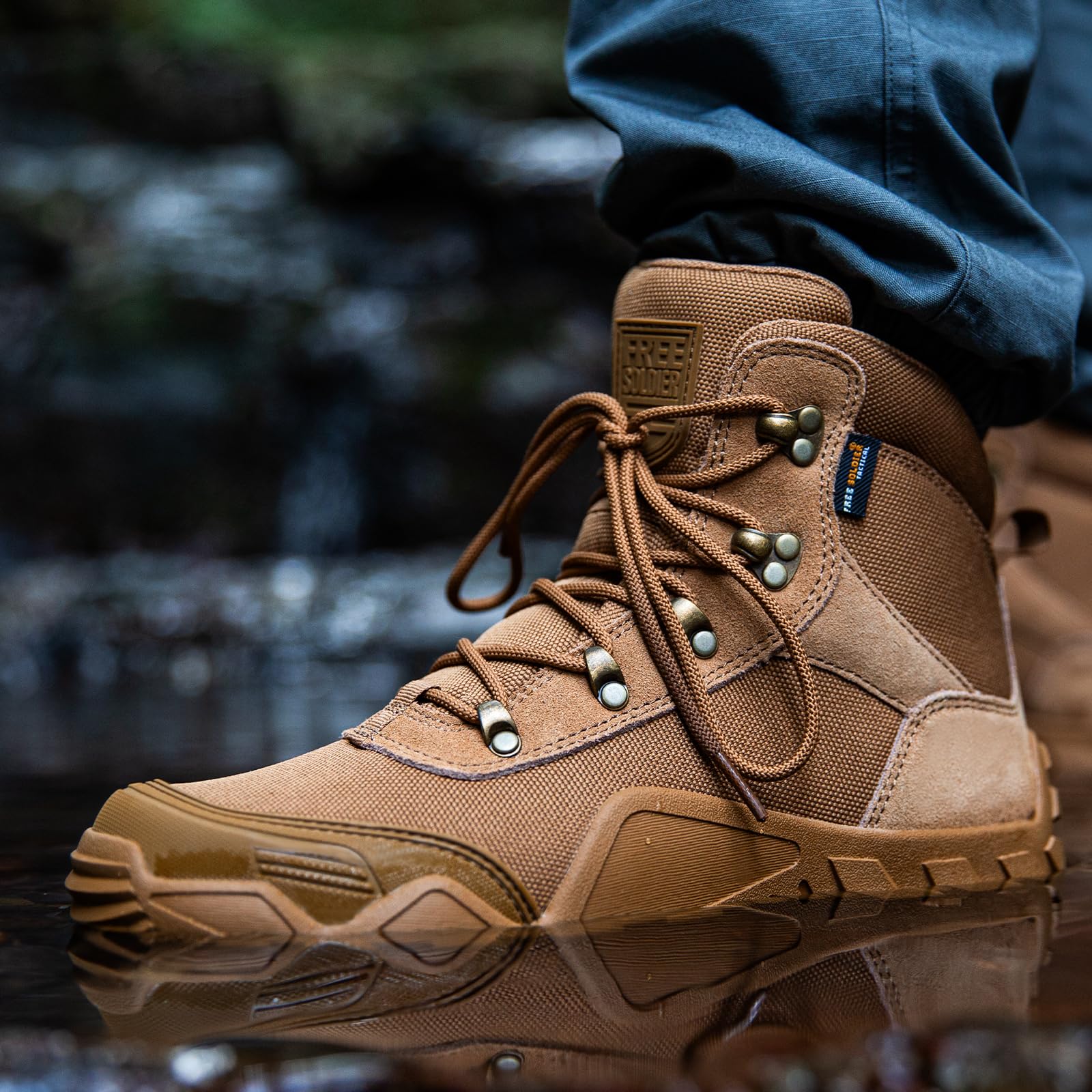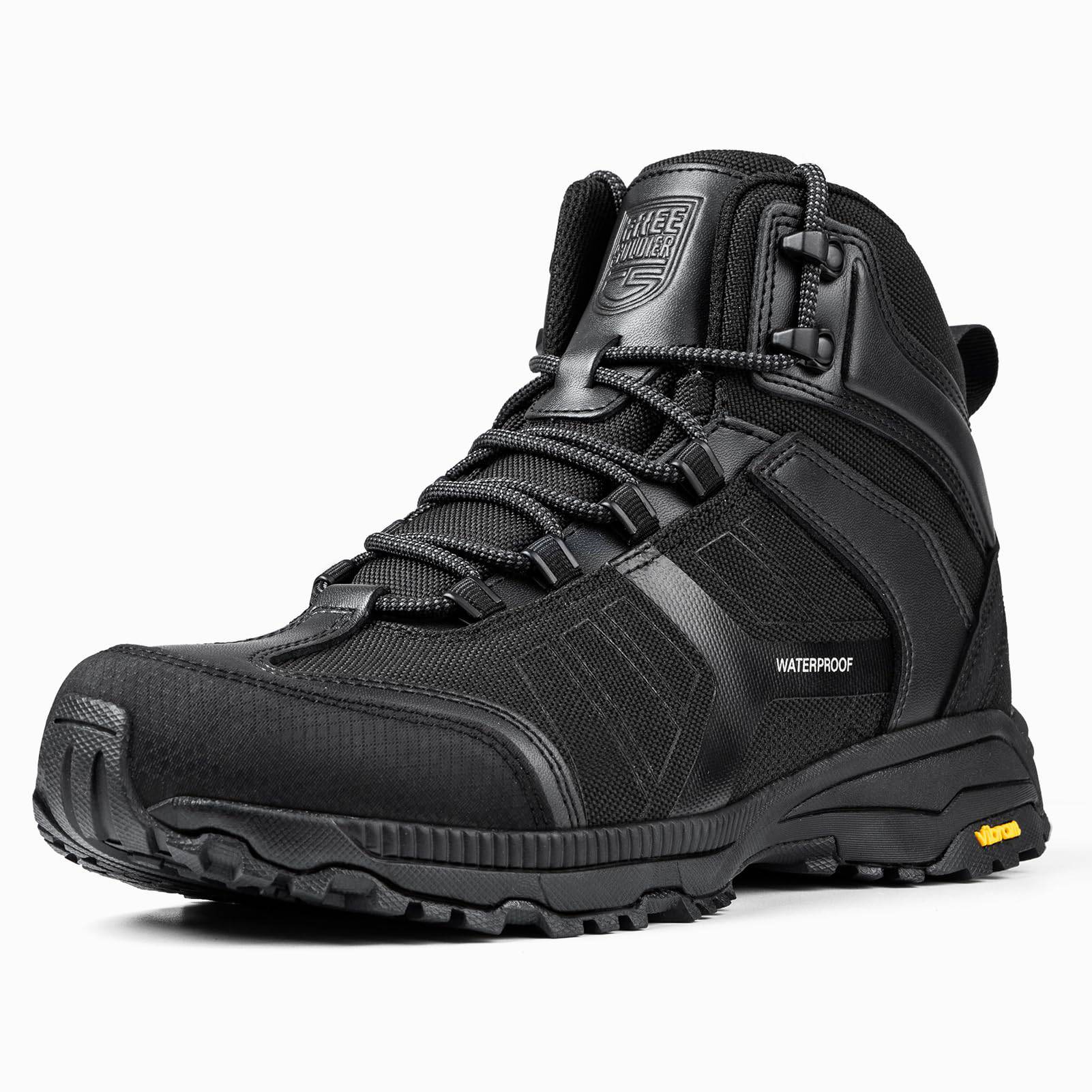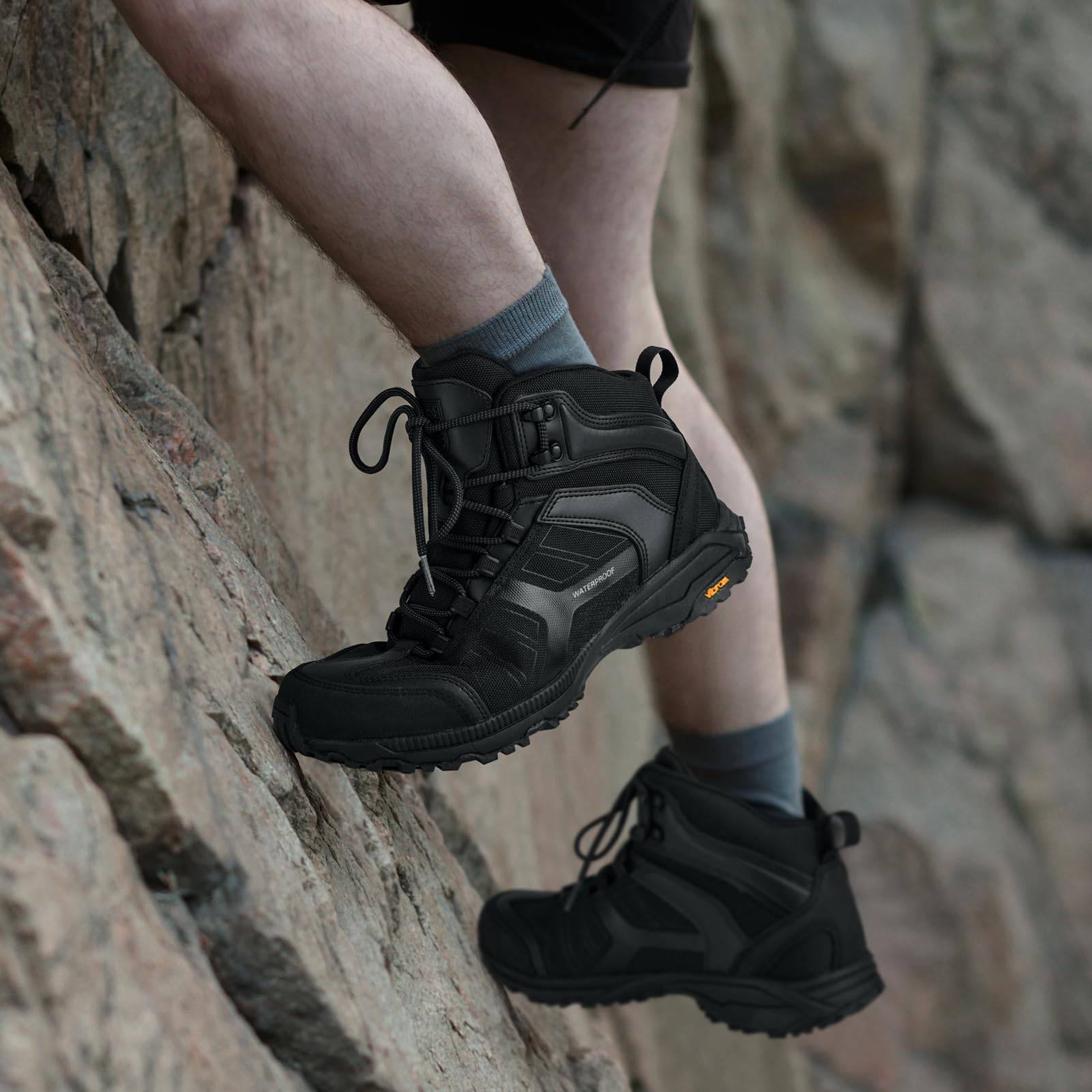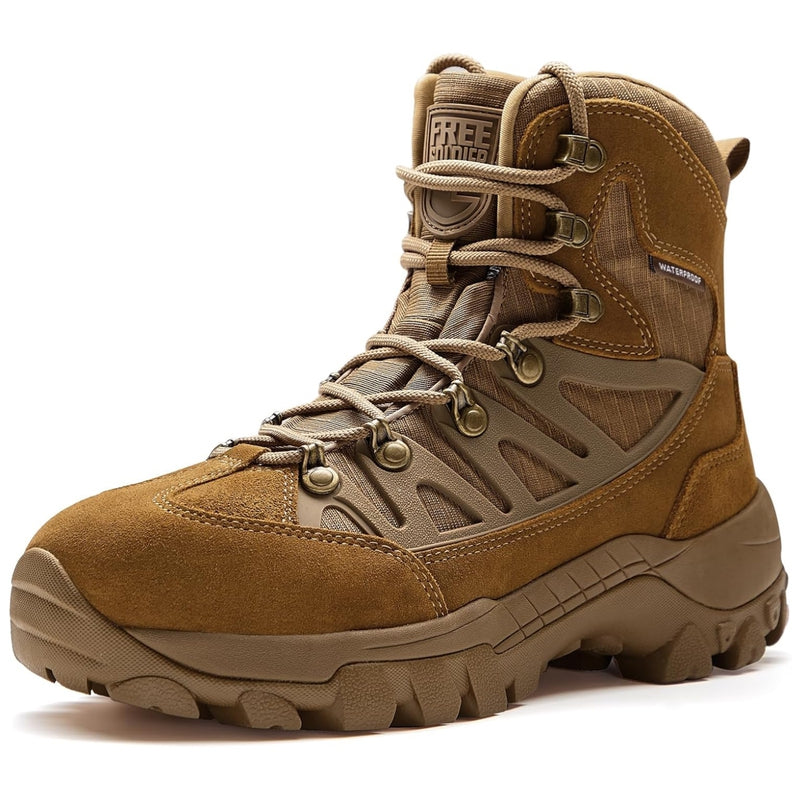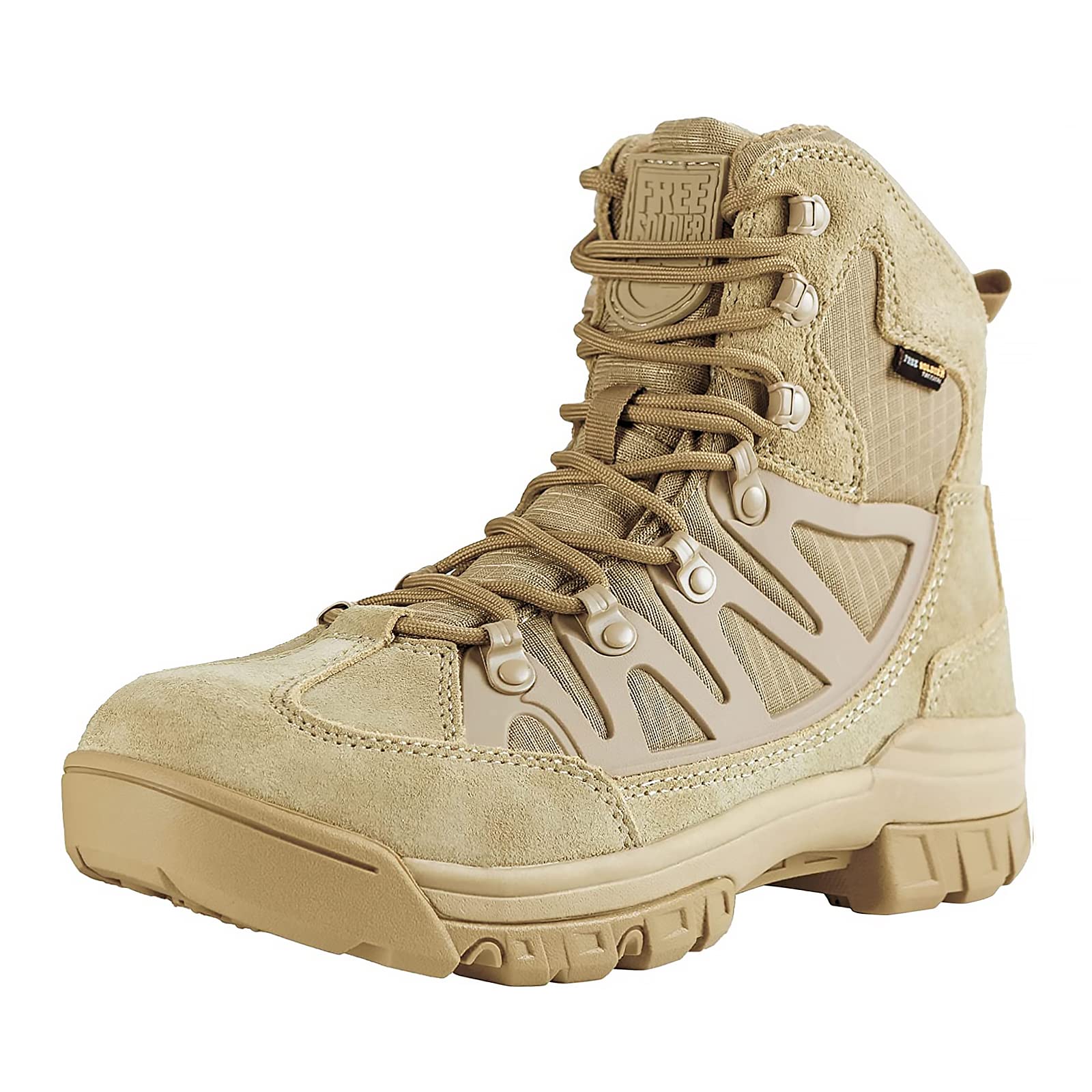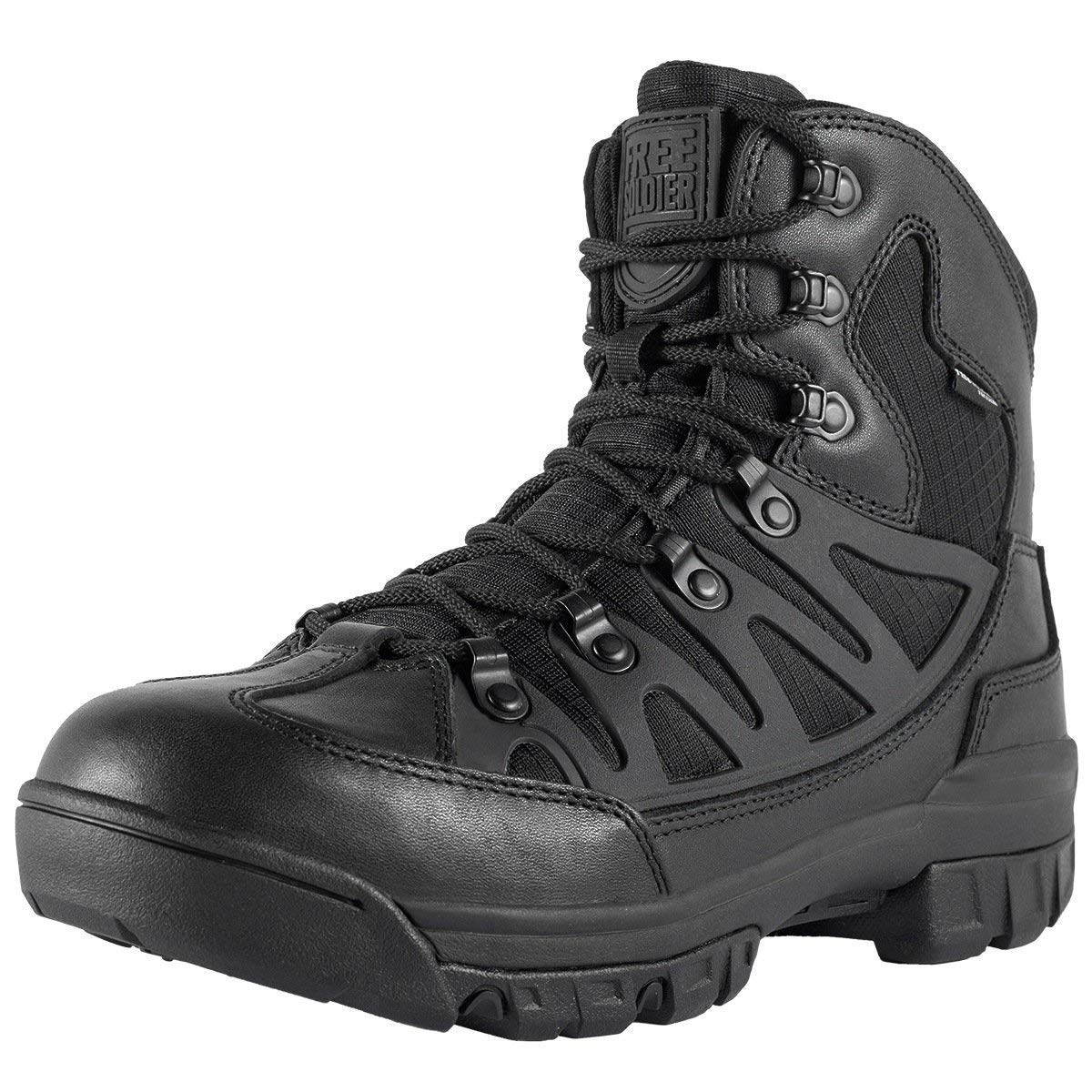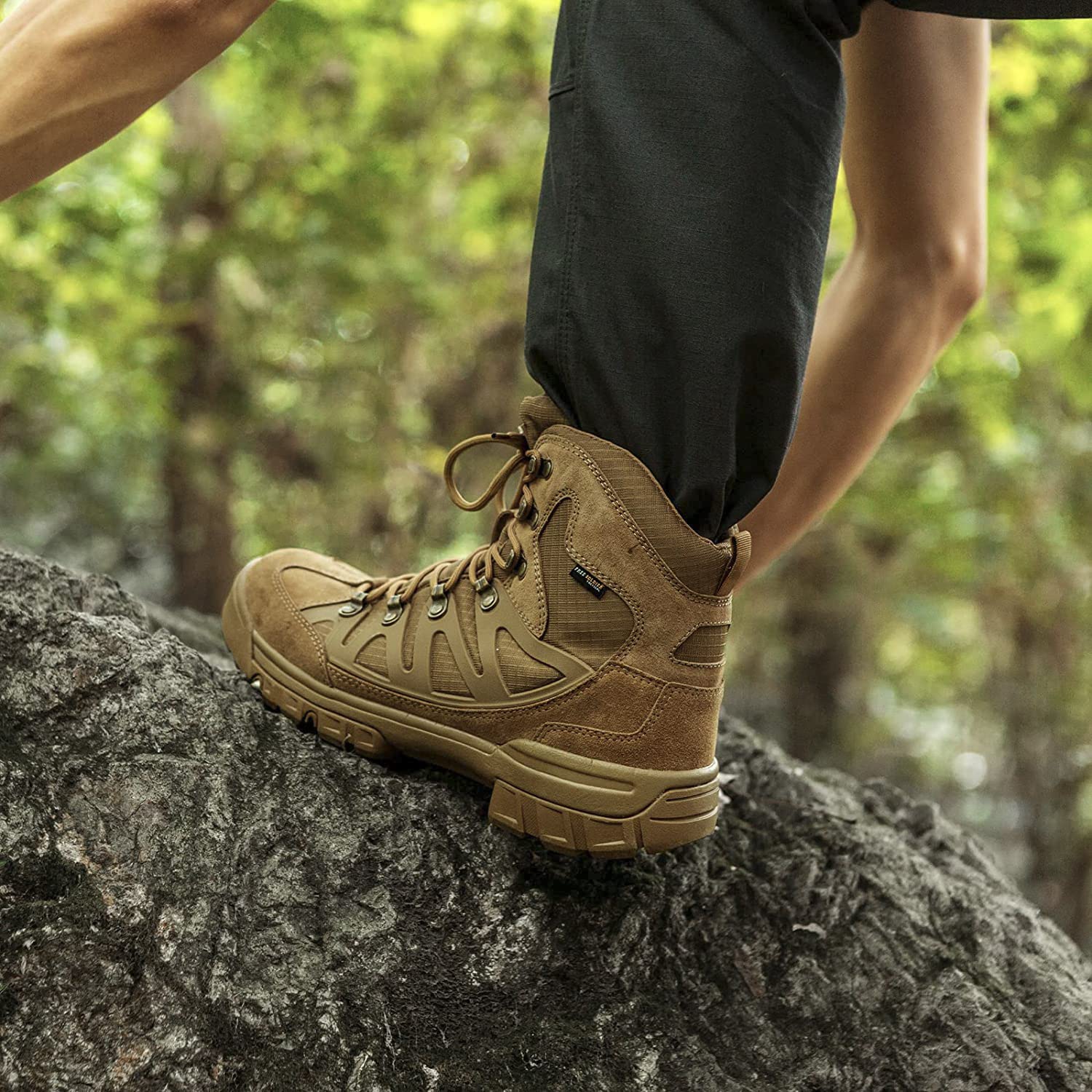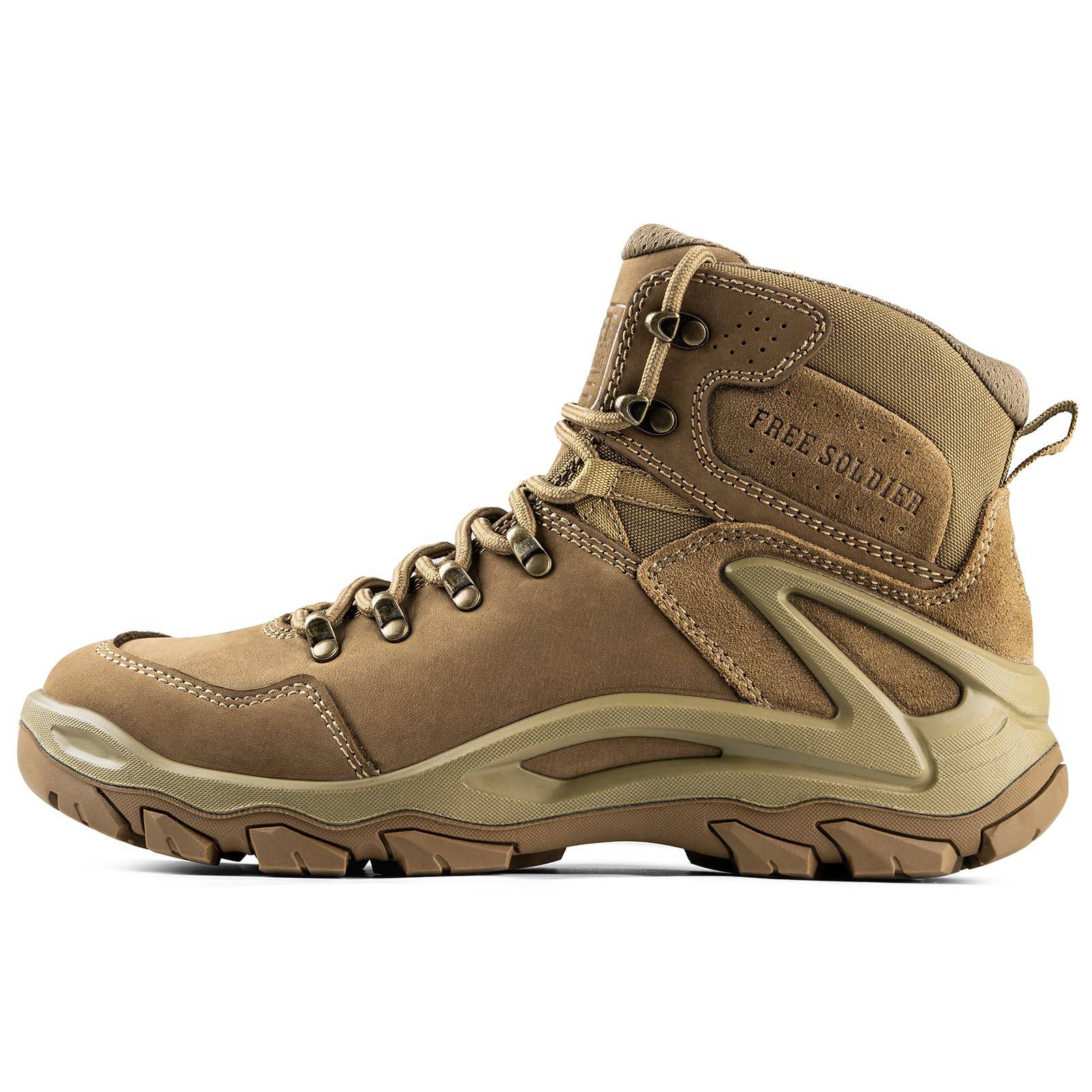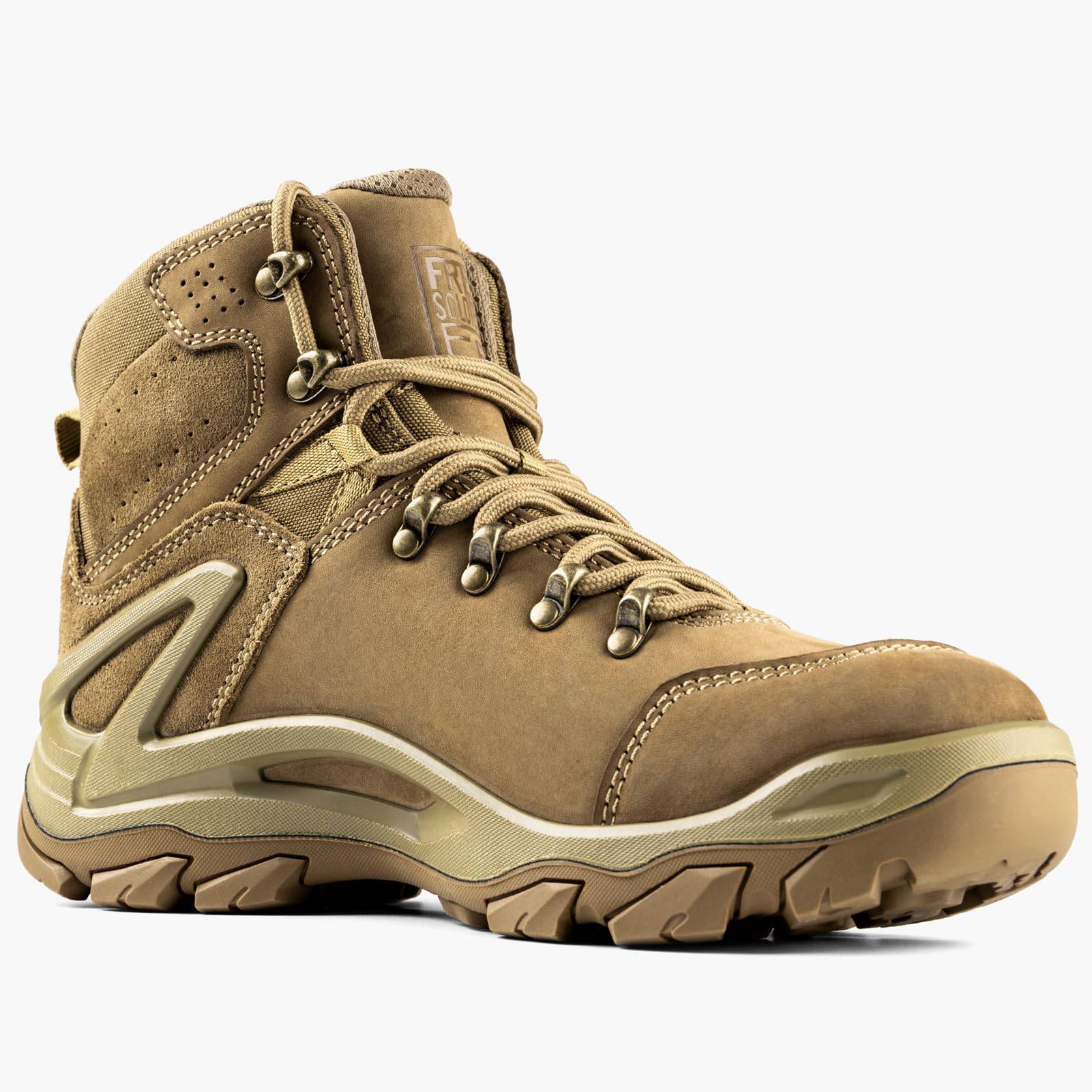Still unsure about the distinctions between water-resistant, water-repellent, and waterproof outdoor gear? Let's clear it up.
While often used interchangeably, the terms water repellent, water resistant, and waterproof have distinct meanings. Understanding these differences is crucial when buying clothing, especially outdoor waterproof pants or boots designed to protect from the elements. Making the wrong choice can lead to costly mistakes and discomfort, and will not help you stay dry while exploring outdoors.
Not all clothing offers equal protection from water. While many garments boast water-resistant properties, understanding these claims is essential. To make informed choices, you need to know exactly what these terms mean and how they relate to a garment’s ability to keep you dry.

What Does “Water Repellent” Mean?
A general term used to describe clothes that are specially designed to withstand water is water repellent. In simple terms, water repellent refers to clothes that have a hard time getting wet. A cloth labeled "water repellent" can be classified as either "water resistant" or "waterproof." This classification depends on how much water pressure the cloth can withstand.
Clothing's water repellency depends on the material or the amount of DWR applied. The material or DWR determines how well clothing repels water.
Clothing's ability to repel water is influenced by the material or DWR. The material or DWR applied to clothing affects its water repellency. When DWR coats a fabric, it makes it hydrophobic and impermeable to water. However, keep in mind that DWR doesn't last forever and you may need to reapply it after some time.
What Does “Water Resistant” Mean?
Water-resistant clothing is designed to withstand light rain or snow. While it can repel moisture for a time during rainy days, it's not guaranteed to keep you completely dry in heavy precipitation.
Often made from tightly woven synthetic fabrics like polyester or nylon, water-resistant garments can resist some moisture without additional treatments. Even natural fibers like cotton can be made water-resistant through the application of a DWR coating.
What Does “Waterproof” Mean?
Waterproof gear offers significantly more protection from water than water-resistant options. It can withstand heavy rain without letting moisture through. For complete dryness in severe weather, waterproof outerwear is your best bet.
Most waterproof clothing features:
- DWR coating or laminate
- Sealed or heat-sealed seams
- A polymer-based coating to block pores
- Waterproof side zippers and fasteners

Is there a standard for Waterproof Ratings?
Yes, there is! Manufacturers measure a garment's waterproofness by its waterproof rating. The higher the rating, the better it will resist water and stay dry for longer periods.
Here’s a breakdown:
- 5,000mm and below: Suitable for light rain or drizzle. These jackets are often lightweight and packable.
- 10,000mm: A good entry-level option for mild weather conditions. Offers decent protection but might not handle heavy rain.
- 15,000mm: Provides reliable protection from rain and snow. A good balance of performance and affordability.
- 15,000mm and above: High-performance gear for extreme weather. However, breathability is also crucial for comfort.
Remember, a high waterproof rating doesn’t guarantee comfort. Look for jackets with good breathability to prevent overheating.
Conclusion
In a nutshell, water-repellent is a broad term covering both water-resistant and waterproof clothing. While water-resistant gear shields you from light rain, waterproof gear is designed to keep you dry in heavy downpours.
At Fat Moose, we believe protection and comfort go hand-in-hand. That's why we offer a wide range of high-quality, breathable outerwear to suit your lifestyle. Whether you're exploring the city or the great outdoors, we've got you covered. Let us be your partner in adventure.



